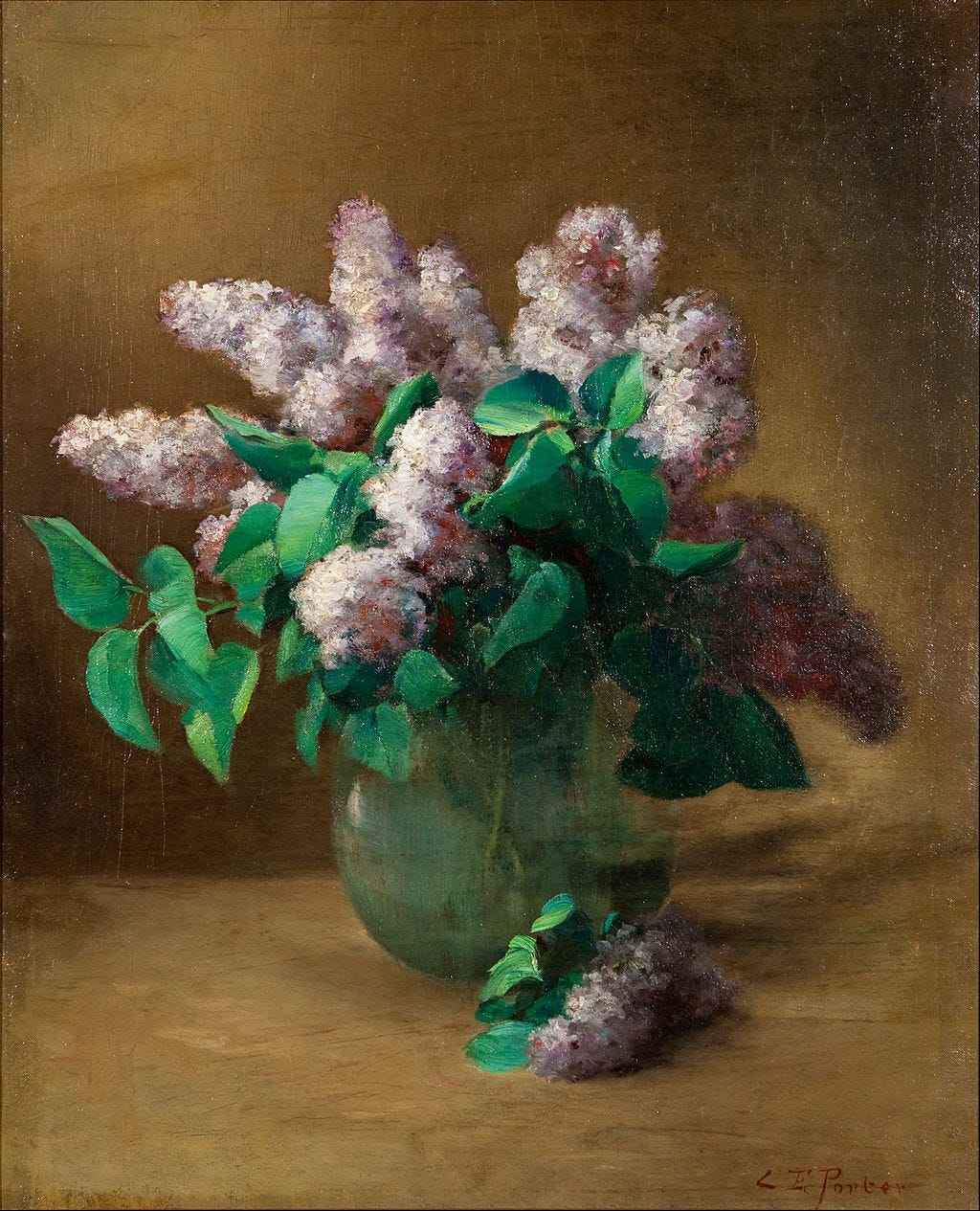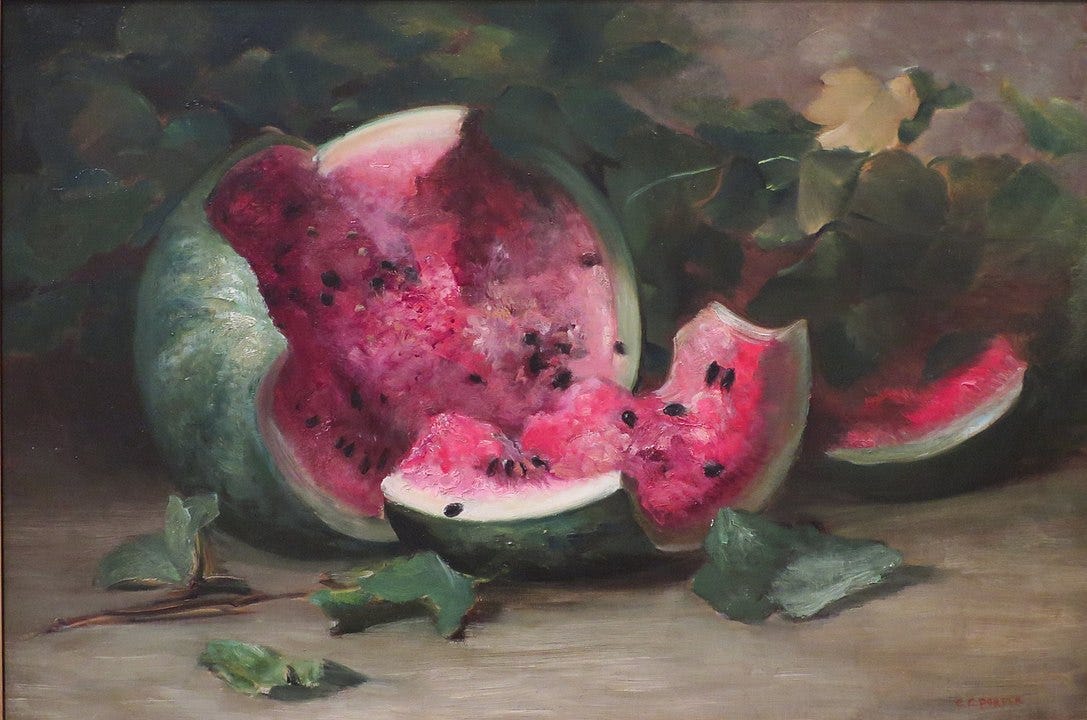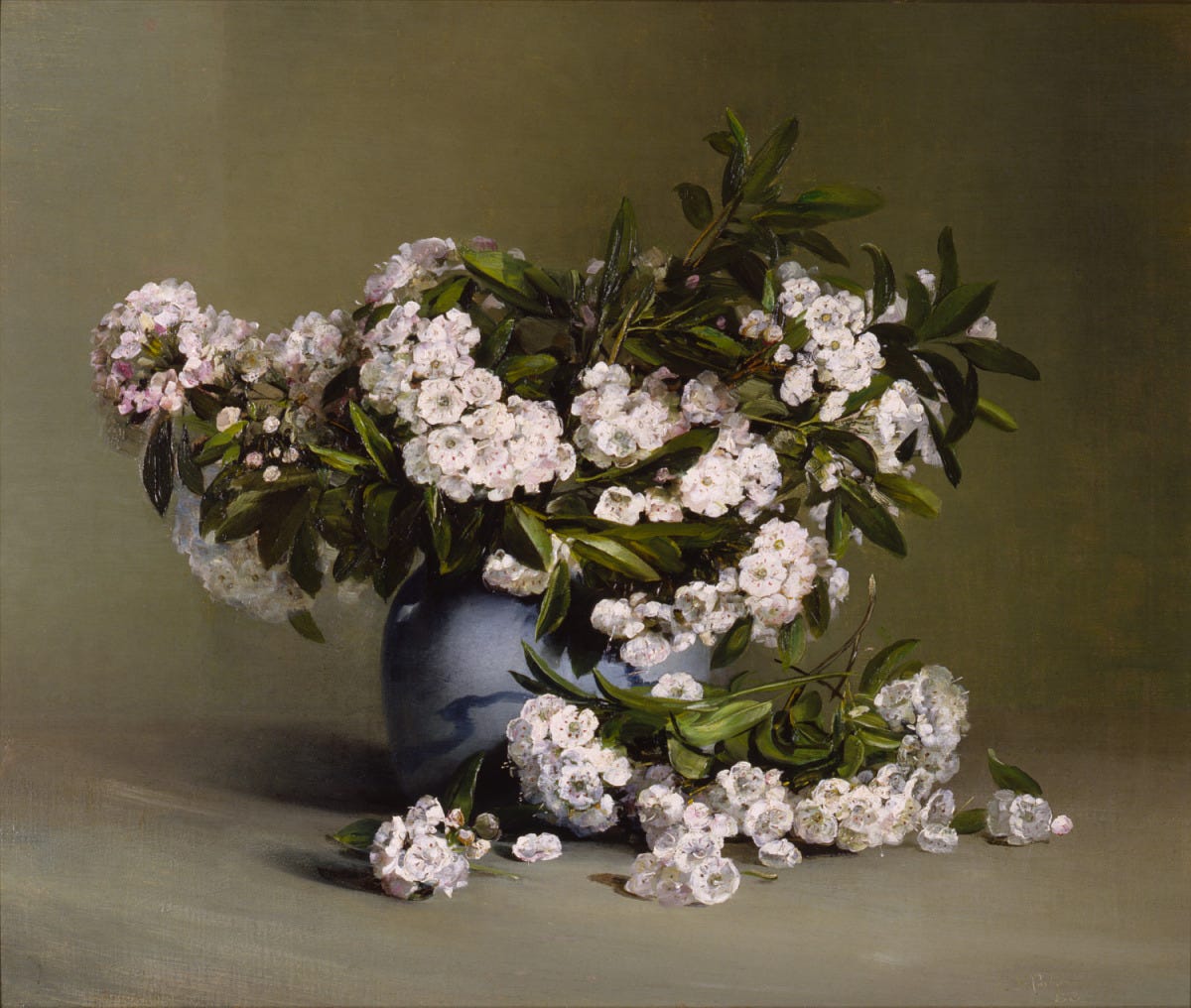Happy Birthday To Me, may I never change!
Instead of chasing a better version of myself, I want to continue to sink into myself.

I reject New Year’s transformation culture this year. As everyone screams New Year, New Me into their social voids, I will be sitting criss-cross applesauce on my bed doing the same shit I did last year. I used to fight this. Every January through March, I worked myself into a tizzy to move on the same goals I’ve been puttering around with for the last few years. Last year, I drank the “New Year, New Me” Kool-aid. After three months, I was still freelancing, living at home, and scraping together an income. Well, I will no longer be setting myself up for failure like all the others who start and abandon goals each year. I want to accept stasis.
In the last three months, I’ve run faster, lifted heavier, and rowed longer than expected. Recently, a 60-year-old repeat female marathoner told me I look natural on the treadmill. Building endurance, strength, or power was never on the carefully designed BuJo page. I even improved my pushups, a long-forgotten, four-year-old goal. These gains felt achievable when I could let go of aesthetic success markers. Running felt rhythmic when I focused on controlling my breath versus matching the speed of the person next to me. In those moments at five in the morning on the tread, even as 90s House blasted, I sought stillness.
Often, I want sweeping changes in my life versus incremental shifts. Out of the gym, distractions keep me from building the mental endurance I’ve developed on the treadmill. I average about 8-10 hours a screentime a week. And despite what I tell myself, doomscrolling through TikTok and IG does not provide me patience or space to think. I cannot be comfortable with my wandering thoughts after chasing the buzz from a storytime, dance challenge, and ASMR video.
Yet, my mind used to be where I could lose myself. Before I joined Facebook at age 13, I could stare at a wall or painting and catapult myself into a scene. I used to ride my grandmother’s stationary bike, which faced a landscape, and imagine myself racing through lush trees and fields.

During the pandemic, forced stillness forced my mind to return to these imaginative modes. Could I find new ways to look at the things I had to stare at daily? I wondered then what Still Life art could offer my writing practice. I designed a writing exercise where students would go on a scavenger hunt for several random items in their room and then craft an essay using all five to seven objects in some way. The exercise would help writers develop the patience to connect seemingly disparate parts of life. If we sat long enough with these objects, we could create new stories about ourselves.
Creating stories from inanimate objects was not only the role of Dutch 17th-century or French 19th-century painters. Nineteenth-century Still Life Painter Charles Ethan Porter was the first African American to attend the National Academy for Design. Although the only Black Still Life painter from this period, his works remain unpopular because of their supposed lack of politics and ideology. Of the works available online, only “Untitled (Cracked Watermelon)” (1890) inspires a racialized reading. What had been a symbol of freedom and self-sufficiency for formerly enslaved Black people turned into a caricature in Porter’s lifetime; the painter, born free in Connecticut around 1847, lived through the end of Slavery, the failure of Reconstruction, and into Red Summer. However, paintings like “Pink Hollyhocks” (1885) or “Mountain Laurel” (1888) inspire emotion but do not represent his experience, trauma, or political thoughts. As a first whose career depended on White patronage, Porter had few avenues for making a living as a visual artist. But, I like to imagine that looking closely at the flora, produce, and banal household objects anchors the anxious mind. Porter could have focused on the apples, watermelon, and corn, the only tangible objects in a nation built on a lie, supposed freedom and justice for all while oppressing Black people.
Teju Cole does this in a collection of Still Life photographs he took during the pandemic, published in 2021. Golden Apple of the Sun shows the role of stillness in processing turbulence. Similarly, I want to search for ways to practice stillness and close looking in my practice. In attempting to ignore my ambition and five-year plan, I want to make space for all the small moments where I can lean into beauty, reflection, or solitude. As with my body, once I stop looking for goalposts, I can start feeling the ripples within.
What are your New Year’s Resolution thoughts?




